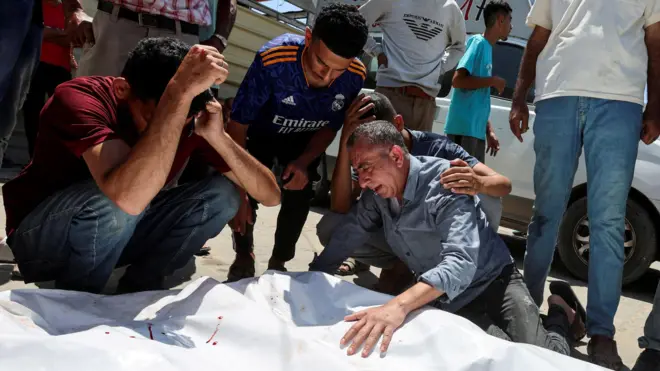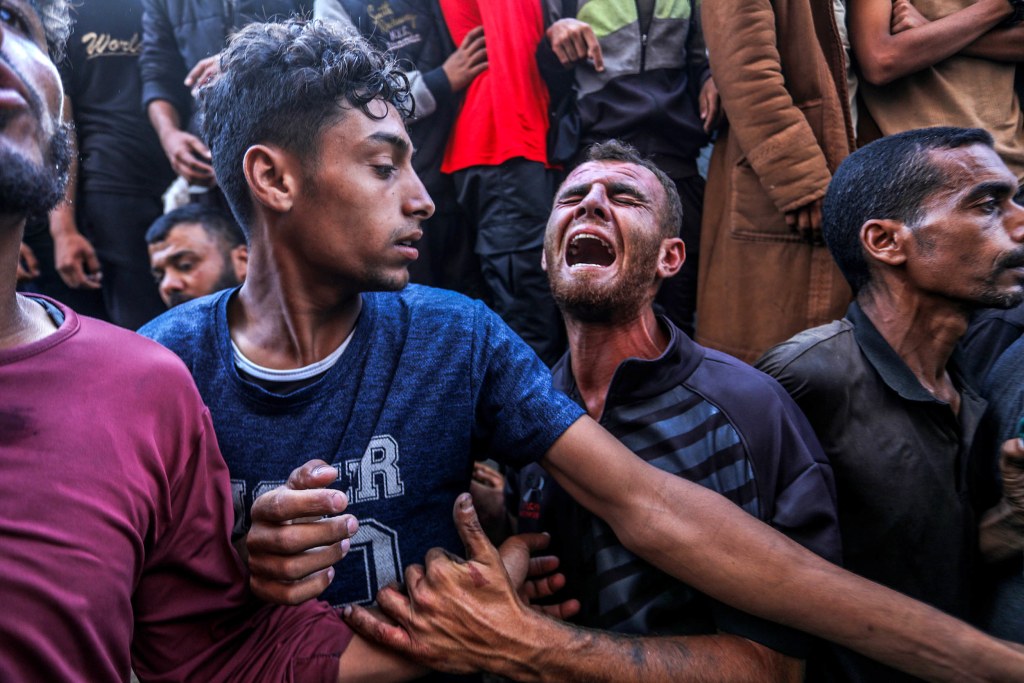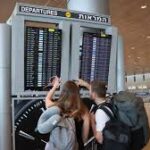Introduction
Johnnie Moore, head of the Gaza Humanitarian Foundation (GHF), has defended the group’s aid operations in the besieged territory after the UN and various rights groups accused the initiative of contributing to hundreds of civilian deaths near aid distribution zones controlled by the Israeli military.

Mounting Death Toll at Aid Sites
The Hamas-run health ministry in Gaza has reported that more than 500 Palestinians have been killed and over 4,000 injured while attempting to collect food and aid since GHF took over distribution duties in late May 2025. The organization, backed by both Israel and the United States, has come under intense scrutiny as aid sites are often located within militarized zones.
Eyewitness accounts and medical sources have repeatedly described Israeli Defense Forces (IDF) opening fire near crowds gathered at aid points. The situation drew further alarm after Israeli newspaper Haaretz reported that unnamed IDF soldiers admitted being ordered to shoot at civilians near aid sites to disperse them.
GHF’s Denial and UN Condemnation

Speaking on BBC World Service’s Newshour, GHF boss Johnnie Moore rejected the claim that his organization was responsible for the deaths. “100% of the casualties are being attributed to GHF, and that is not true,” he said. He insisted that while deaths have occurred, there is no verified evidence they happened in direct proximity to GHF-controlled locations.
Moore also accused the United Nations and other aid agencies of spreading “disinformation” and operating with unverifiable claims. His comments came a day after UN Secretary-General Antonio Guterres condemned the GHF system as “inherently unsafe,” saying: “The search for food must never be a death sentence.”
Israel’s Response
Israeli Prime Minister Benjamin Netanyahu labeled the Haaretz report “malicious falsehoods.” The IDF also denied issuing orders to shoot civilians and stated that any use of force was limited to warning shots directed at “suspects.”
In a statement, the IDF said: “We are working to improve the operational response in aid zones by adding fencing, signage, and alternative routes for humanitarian access.”

Operational Challenges and Humanitarian Shortcomings
Despite Moore’s claims, Gaza remains in dire humanitarian crisis. Aid volumes remain insufficient even after Israel eased an 11-week blockade in May. Experts estimate the region remains at risk of famine, with aid organizations reporting limited access to northern Gaza and high insecurity for both civilians and aid workers.
Moore acknowledged the scale of need, saying: “We admit that 50 million meals is not enough. But it’s more than what was available just a month ago.” He added that GHF is open to working with international partners like the UN to expand operations.
Disputed Allegations and International Funding
GHF’s claim that UN trucks were routinely hijacked before its takeover of operations has been challenged by UN agencies. Moore maintained the UN was “not being honest,” further intensifying tensions between aid providers.
On Thursday, the US State Department announced $30 million in direct funding to GHF, marking the first public endorsement of the initiative by Washington. Critics argue the funding reinforces a flawed system, while supporters claim it helps deliver food in areas the UN can’t reach due to security risks.

Conclusion
As GHF continues to operate under intense international scrutiny, the debate over its effectiveness and safety highlights broader concerns over the politicization of humanitarian aid in Gaza. With thousands of civilians caught in the crossfire, the world is watching whether collaboration or further division will define the next chapter of aid delivery in one of the world’s most complex conflict zones.
For more updates on global humanitarian crises, visit The Morning News Informer – World News.









